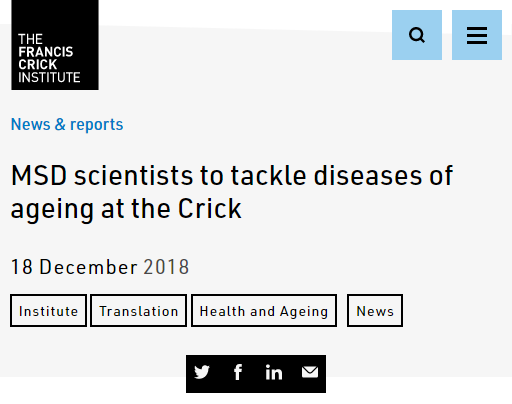HudsonAlpha researchers use highly-accurate long-read sequence technology to diagnose rare diseases
I was at the Smith Family Clinic, HudsonAlpha’s spinoff clinic that treats rare diseases. Alabama is home to the largest biomedical campus in the USA, and the fourth-largest in the world. Long-read genome sequences are essential for aging studies because they can detect methylation, acetylation and major structural changes in the genome. These changes are linked to both rare diseases AND aging. This is a description of how Illumina’s short-read technology can leave gaps in the sequence.
For the first time, Chromosomes X and 8 will be sequenced end-to-end in 2020 using long-read technology. In 2021 a gapless, complete human genome will be available. Human Genome Project could finally be completed.
HudsonAlpha Institute for Biotechnology researchers used cutting-edge technology for genomic sequencing to diagnose two pediatric patients after a long diagnostic journey.
The limitations of the traditional sequencing in the diagnosis of neurodevelopmental diseases
One to three percent children suffer from neurodevelopmental disorders, which can cause physical and intellectual disabilities. The genetic variations, or changes in the DNA that cause these diseases, can be used to provide a precise diagnose, guide treatment, and give families an answer to a long-standing medical mystery.
Source:




